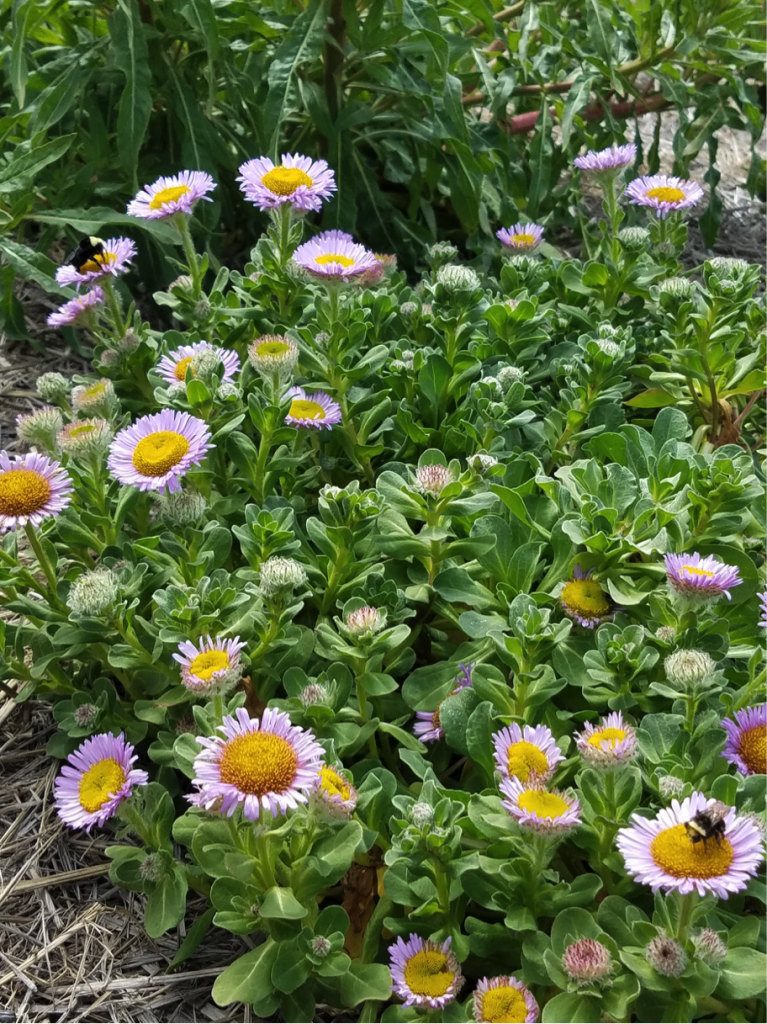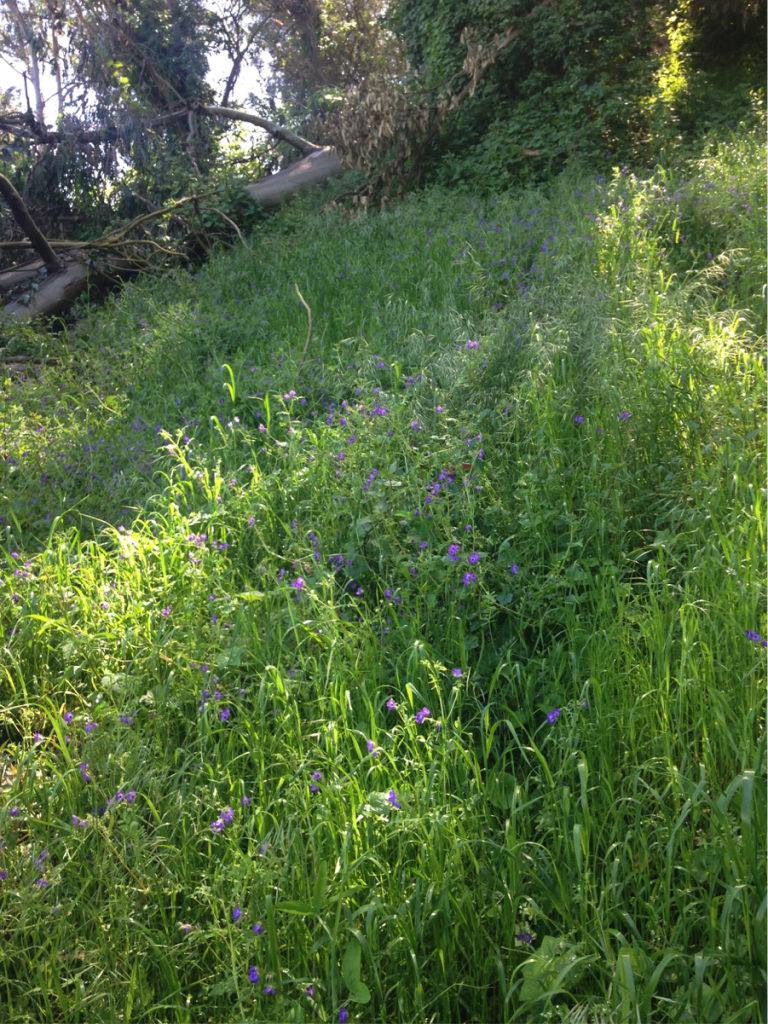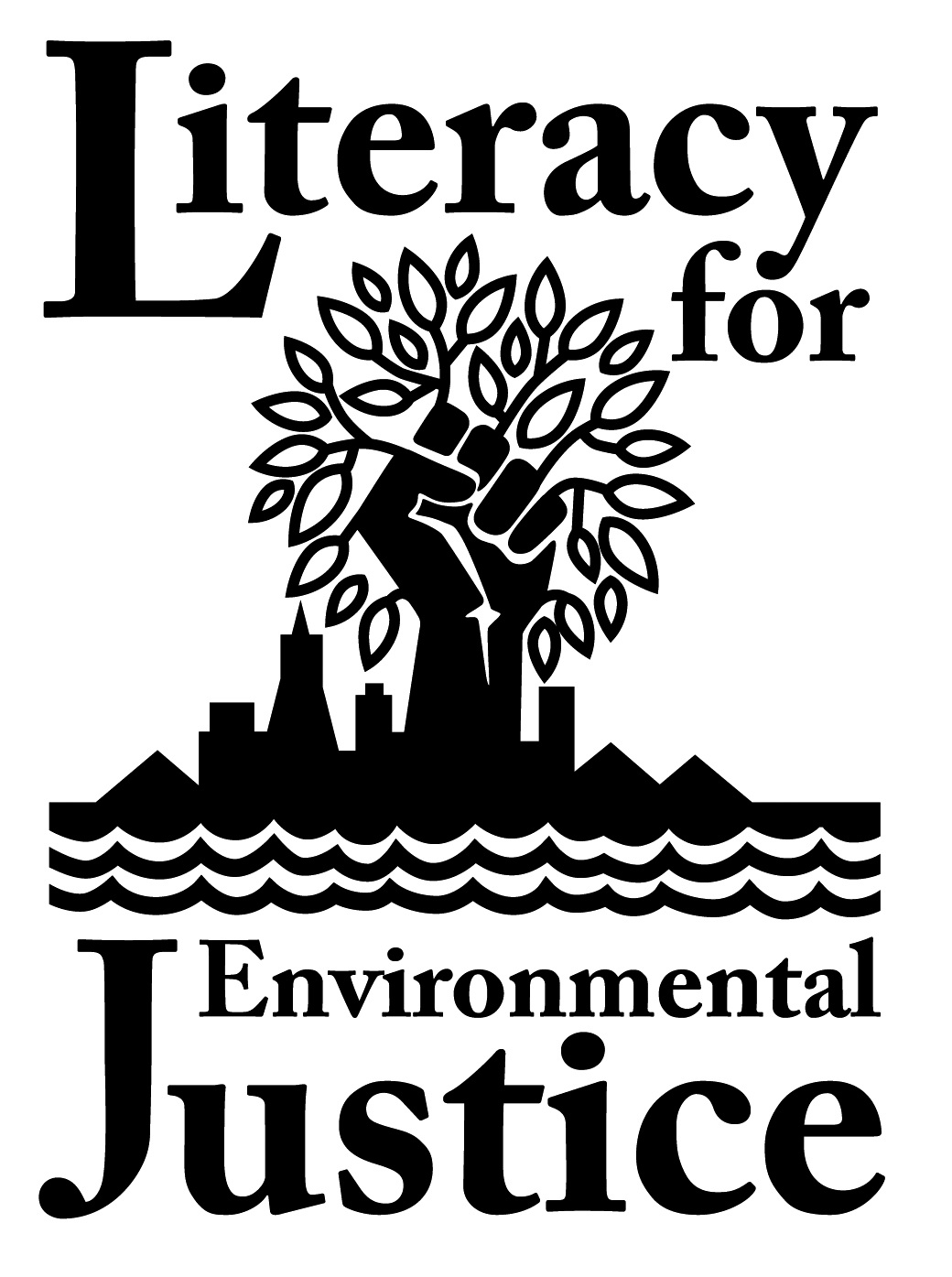Bio-Blitz on Yerba Buena Island
April 4th, 2018 9am-1pm
Spring is here which means we all get excited about things growing! Here in California, this springtime excitement is actually kind of strange because our growing season comes and goes with the rain, in other words, “spring” is really our fall. The common confusion around spring seems to come from having imported our gardening ideals and plants mostly from the cold, snowy northeast and from cold, snowy parts of Europe. After a long summer of drought, which is standard operations here in our Mediterranean climate, the fall rains, (or increasingly, not until “winter”) bring the first new growth across our California hillsides we’ve seen for many months. You can almost hear the happiness of the plants as they smile their green growth toward the sun. If you are already gardening with wildlife fostering native plants, this is not old news to you. If you hike regularly or get out of the city, you must have noticed that with our cold rainy season comes a spring from dormancy for many perennial forbs, popping up from their root storage systems underground. By the start of official spring in April, characterized by longer days, warmer weather and decreasing rainfall in California, you’ll notice many plants at their height of production. These plants have put on new growth, they have begun to flower, and they are attracting all kinds of pollinators, which in turn bring birds to forage on the insects. So, returning to our original excitement, though needing some disclaimers, is not at all unfounded! Let’s go see the wildlife!
Bio-blitzing is a way to involve regular people like you and me in one of the fundamentals of science, making observations and recording what you see. On March 24, LEJ participated in a bioblitz at John McLaren Park, kicking it off at the newly inaugurated Urban Campesino Hummingbird Community Farm. We lovingly installed a rich diversity of native plants last year and were excited to see them contributing to the biodiversity of the second largest park in San Francisco and the largest Natural Area. Check out these native bumble bees already using the habitat we’ve provided!

Seaside Daisy with feasting bumble bees at Hummingbird Farm, John McLaren Park
On April 4, 9am-1pm, we’ll be out observing and recording again, this time at Yerba Buena Island. Click here to sign up for this activity. Volunteers will be bio-blitzing from 9am-1pm.
Yerba Buena Island is the site of an exciting project for LEJ. As part of the redevelopment of the Island, a land stewardship program is launching, and all new landscaping will feature Native plants, most of whom will be sourced from Yerba Buena Island itself and grown by LEJ and our Eco Apprentice program youth. This is the single largest plant contract we’ve gotten with about 80,000 plants to be installed over the next few years. This project helps not only enhance habitat for wildlife at Yerba Buena Island but also provides a stable income source for our youth and community programming.
There is much to see, and to count on YBI. Yerba Buena Island boasts the last remaining San Francisco stands of some special plants. Fiesta Flower (Pholistema auritum) is an annual, shade-loving wildflower with bright purple blooms. This name comes from the Spanish Mission era when young girls would wander the hillsides collecting the flower to put in their hair in preparation for their quinceaneras. You can imagine that it once was abundant in moist, shady San Francisco valleys and hillsides.

Another exciting plant found on Yerba Buena Island is Pipevine (Aristolochia californica). Again, this plant is very rare in San Francisco, with only one remaining wild stand growing at Lake Merced. It is also the host plant for the Pipevine swallowtail butterfly, a large, black and blue iridescent butterfly. This butterfly can only lay its eggs on this plant. No pipevine, no butterfly. As part of our plant propagation project for YBI, we’ve been salavaging this plant from construction zones, taking it to our Nursery on YBI and amplifying it through cuttings and divisions. Although this involves digging the plant out of the ground, we’ve actually noticed a surprising result!

Fiesta Flower on YBI 2017
The site we dug this plant from the first season we were at YBI was covered with English ivy, nasturtiums and other invasive species competing with this native vine. While digging up the Pipevine in order to save it, we also removed much of the ivy and nasturtium that was surrounding it. When we came back to the site a few months later, we found that our digging of the plant had not decreased its presence, but had done the opposite. In our clearing activities, we had created more room for it to grow, and grow it did! Here is an example of an interaction with nature that all though extractive, was done with love and care, and rather than harm the habitat, enhanced it. Plants, as the primary producers in the food chain, have evolved with their animal and human partners to, when not over-harvested, be stimulated to grow through the harvesting. Native Americans knew this and actively practiced sustainable harvesting and management of the landscape that, while serving their own survival needs, did not hamper the ability of the landscape to continue producing for the myriad of insects, animals, and people dependent upon it. Not all human interaction with the land must inherently be destructive. We can learn from Native American management practices, from our own experiences and from each other, ways of interacting with the land that promotes its ongoing sustenance. This doesn’t mean ignoring it and continuing the severed connection with the wild that has characterized “advanced” modern society. It means direct interaction and connection. It means using the land in a way that supports us and it.
Bioblitzing is one way to quantify this interaction, as we did at Hummingbird Farm last week. We planted native plants and then came back a few months later to observe and record the impacts of our stewardship. Anyone can do this! All you need is a smartphone and a couple of hours. Download iNaturalist, create an account and then just take a photo of the plant, insect, bird, etc. and wait for the app to suggest an ID. You can also ID the species yourself in the app. Over time, we get a running inventory of life and biodiversity. Observation is the first step in relationship, and it’s our relationship with the land that has to change if we are to sustain the life that we ourselves evolved with.
Join us on April 4, slow down, observe, record and be a part of nature. It’ll feel good!
Pipevine Swallowtail Butterfly Photo Credit: Charles Patrick Ewing – Flickr
